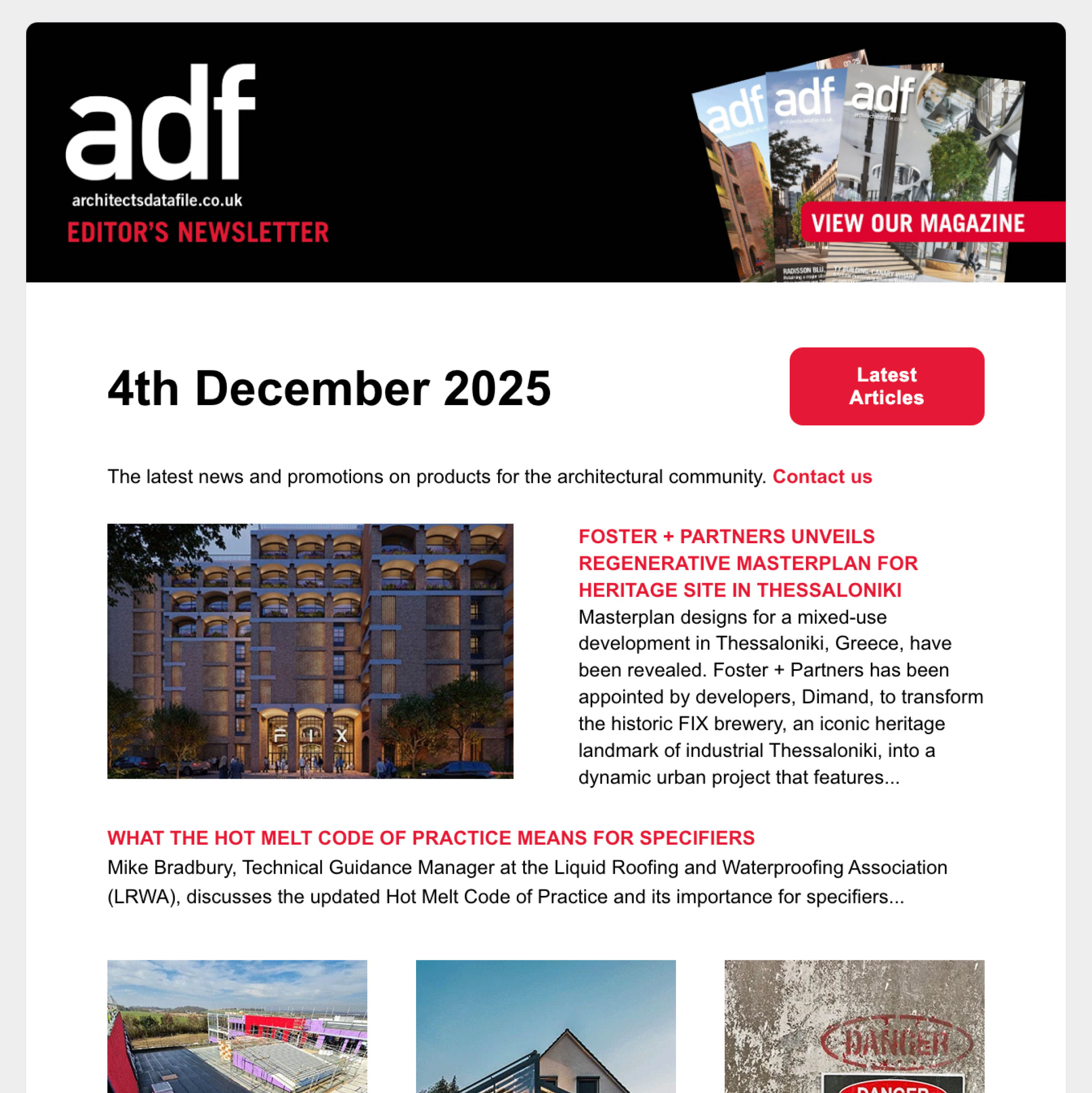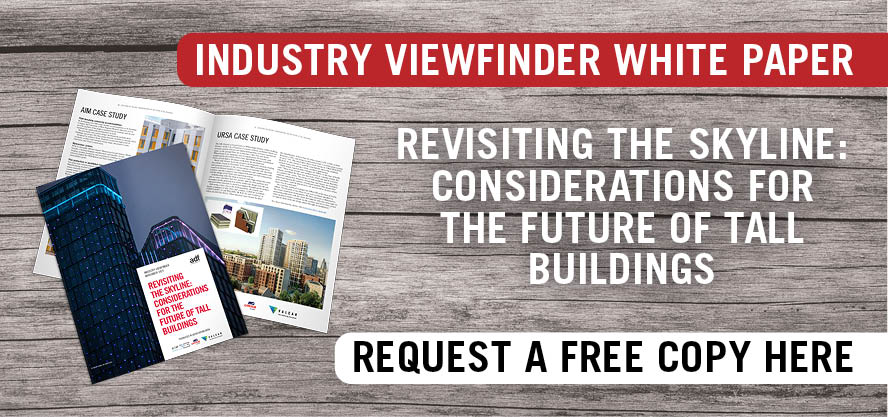Many people are surprised to learn just how different species of wood there are. From rock-hard options like oak to more supple and malleable options like pine, there is a whole world of different woods out there. In order to choose the right one for your construction project, there are several things that you need to consider.
Where Will The Timber Be Used?
Naturally, one of the most important considerations, when you are deciding what type of timber to use, is what exactly you are going to be using it for. Different projects will favour different types and species of timber depending on the work involved and where it is going to be located.
Hardwood
The majority of timber species available fall into one of two categories: hardwood and softwood. For outdoor construction projects, hardwood is preferred because it is much better able to withstand the elements. Direct sunlight, rain, snow, and even wind can all gradually wear down timber and cause it to degrade over time.
Rot is always going to be a concern for outdoor timber projects, so any timber used for outdoor projects needs to be treated with special finishing chemicals that prevent rot. As a result, if you are buying timber for an outdoor construction project then it makes sense to choose timber that has already been treated. If you are deadset against using chemical treatments, then you can instead opt for timber that has a natural resistance to rotting. In fact, there are a small number of softwoods, such as treated pine, that can function outdoors.
Softwood
On the other hand, if you are planning an indoor construction project then you are free to choose the timber that you want without having to worry about its ability to stand up to the outdoor elements. The primary concern for indoor projects is the type of project you are undertaking. Lots of people find that it is easier to search for timber according to the type of work they are doing instead of trying to differentiate between the different timber species.
For example, if you are going to be installing new floor joists then instead of trying to work out what the best species of timber is, look straight into C16 timber which is a fast-growing softwood timber that is ideal for joists. It can also perform well in similar roles, such as rafters and timber frames. You can get a hold of high quality C16 timber from Armstrong Supplies who have varying sizes available for all projects. They have also added a link to a handy guide on choosing between C16 and C24 timber if you are not sure which to go for.
Availability
If you already have some experience with timber, you may have a particular species in mind already. Whether you already have timber lined up or you are going to work out what you need as you go, you need to check its availability as early on in the process as possible. As you would expect, wood that grows domestically in the UK is going to be cheaper than wood that needs to be imported.
Another thing to consider is the cost of transporting the timber that you ultimately settle on. Depending on the wood that you choose, you might not just be looking at the costs of importing it into the UK but also potentially transporting it across the country.
If you have the option of using timber that is locally-sourced and readily available, it is usually better to go for this option than incurring the costs involved in importing timber. Of course, in some cases, you won’t have much of a choice about the kind of wood that you use; it will depend on what is available to you at the time.
Sustainability
Environmental concerns are pretty high up on most people’s agendas today. Environmentalism is no longer a niche cause that most of us pay little attention to. When it comes to purchasing timber, there are some significant differences between logging businesses that practice sustainable logging and those that don’t. The environmental impact of unsustainable logging practices are severe and represent a serious global issue.
Fortunately, you also have the option of buying your timber from sources that utilise sustainable forest management techniques. Sustainable forest management means that every tree cut down is replaced. As well as making sure that they replant any areas where trees and vegetation are damaged, sustainable logging businesses will also conduct their work in such a way as to minimise the damage they cause to begin with.
The best part is that sustainably sourced timber doesn’t cost significantly more than timber that has been sourced from non-sustainable forests. Make sure that you check where your timber has come from before you commit to a purchase.
Cost
Before you commit to purchasing any supplies or tools for your construction project, you should do as much research as you can into where you can source these from and how much they are going to cost you. As with anything in life, if you are willing to shop around a bit then you can save yourself a lot of money without much effort.
If there are several good options for timber available to you then the differences in cost can provide you with a simple metric to use as a tiebreaker. Unless you have a reason to opt for a more expensive timber option then you may as well choose the most affordable option.
Strength And Suitability
It goes without saying that choosing timber that isn’t strong enough for the project you have in mind is a very bad move. Not only do you risk all of your hard work quite literally collapsing on you but timber that is unsuitable is more likely to degrade aesthetically. Even minor physical damage can completely ruin the aesthetic of your construction project, whereas stronger wood is less likely to suffer from these problems.
Choosing timber isn’t as simple as ‘harder is better’. For example, oak is very hard and sturdy wood but it also prone to twisting and cracking. It might be better to choose a timber like Douglas fir, which is still strong and has a high load capacity.
Checking And Twisting
As wood dries, it undergoes a number of physical processes. Among these is something known as checking, which occurs when the grain separates. Similarly, twisting is exactly what it sounds like and can occur when timber is drying out. In order to protect against twisting, some timber needs to be secured using tenons. Tenons allow for a small amount of movement by ensuring that structural timber is held firmly in place.
Some species of timber are much more prone to twisting and checking than others, so this is something that you should investigate when you are deciding on the right type of timber. As we mentioned above, even strong and sturdy timber like oak is prone to both of these processes.
For any construction project, having the right tools and supplies on hand is essential. If you have plenty of experience in DIY and construction, then you may already be familiar with the timber options on the market and know exactly what you need. However, if you are new to all this then choosing the right timber can be difficult. You will need to research your options carefully, but it is worth it to find the right kind of timber.



